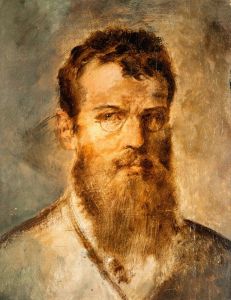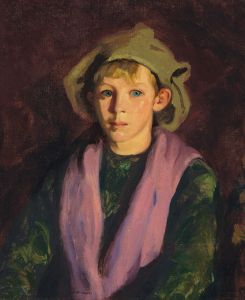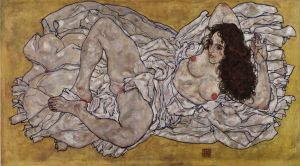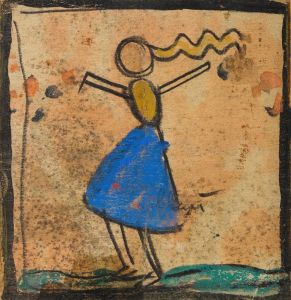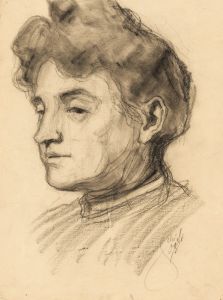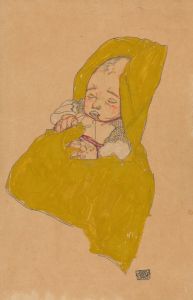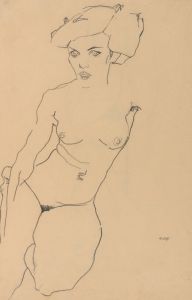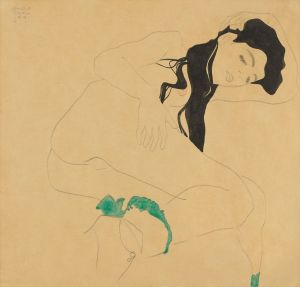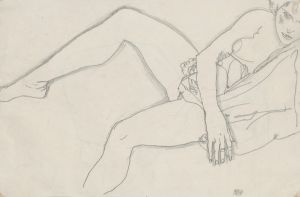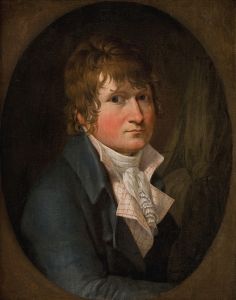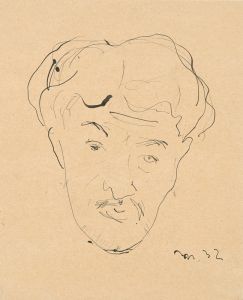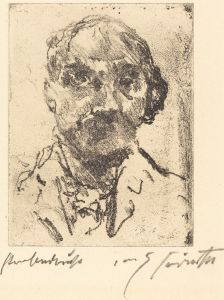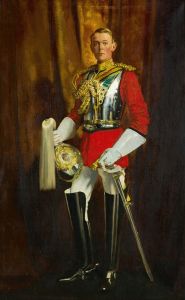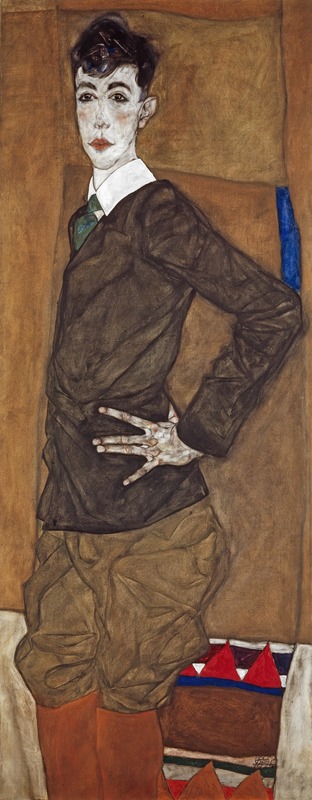
Portrait of Erich Lederer
A hand-painted replica of Egon Schiele’s masterpiece Portrait of Erich Lederer, meticulously crafted by professional artists to capture the true essence of the original. Each piece is created with museum-quality canvas and rare mineral pigments, carefully painted by experienced artists with delicate brushstrokes and rich, layered colors to perfectly recreate the texture of the original artwork. Unlike machine-printed reproductions, this hand-painted version brings the painting to life, infused with the artist’s emotions and skill in every stroke. Whether for personal collection or home decoration, it instantly elevates the artistic atmosphere of any space.
Egon Schiele, an Austrian painter known for his distinctive style and contribution to early 20th-century art, created the "Portrait of Erich Lederer" in 1912. Schiele was a protégé of Gustav Klimt and became a leading figure of Austrian Expressionism. His works are characterized by their intensity, raw emotion, and often provocative subject matter. Schiele's portraits, in particular, are noted for their psychological depth and unique representation of the human form.
The subject of this painting, Erich Lederer, was a member of a prominent Jewish family in Vienna. The Lederers were well-known art collectors and patrons of the arts, and their collection included works by some of the most significant artists of the time. Erich Lederer himself was an art collector and played a crucial role in preserving and promoting art during a turbulent period in European history.
The "Portrait of Erich Lederer" exemplifies Schiele's approach to portraiture, where he often focused on capturing the inner life and emotional state of his subjects rather than merely their physical appearance. In this painting, Schiele employs his signature style, characterized by bold lines, exaggerated features, and a striking use of color. The portrait reflects Schiele's interest in exploring the complexities of human psychology and the existential themes that permeate much of his work.
Schiele's technique in this portrait, as in many of his works, involves a combination of drawing and painting. He frequently used gouache and watercolor, which allowed him to achieve a certain fluidity and transparency in his compositions. The "Portrait of Erich Lederer" is notable for its expressive line work and the way Schiele captures the essence of his subject with an economy of detail.
The painting is also significant for its historical context. Created during a period of great change and uncertainty in Europe, it reflects the broader cultural and social shifts of the time. Schiele's work often grappled with themes of identity, isolation, and the human condition, which were particularly resonant during the years leading up to World War I.
Egon Schiele's career was tragically cut short when he died in 1918 at the age of 28, a victim of the Spanish flu pandemic. Despite his brief career, Schiele left behind a substantial body of work that continues to be celebrated for its innovation and emotional depth. The "Portrait of Erich Lederer" remains an important piece within Schiele's oeuvre, offering insight into his artistic vision and the cultural milieu of early 20th-century Vienna.
Today, Schiele's works are held in high esteem and are featured in major museums and collections worldwide. The "Portrait of Erich Lederer" is a testament to Schiele's enduring influence and the power of his artistic legacy. Through this portrait, viewers can engage with the complex interplay of personal and historical narratives that define Schiele's art, making it a compelling subject for study and appreciation.





